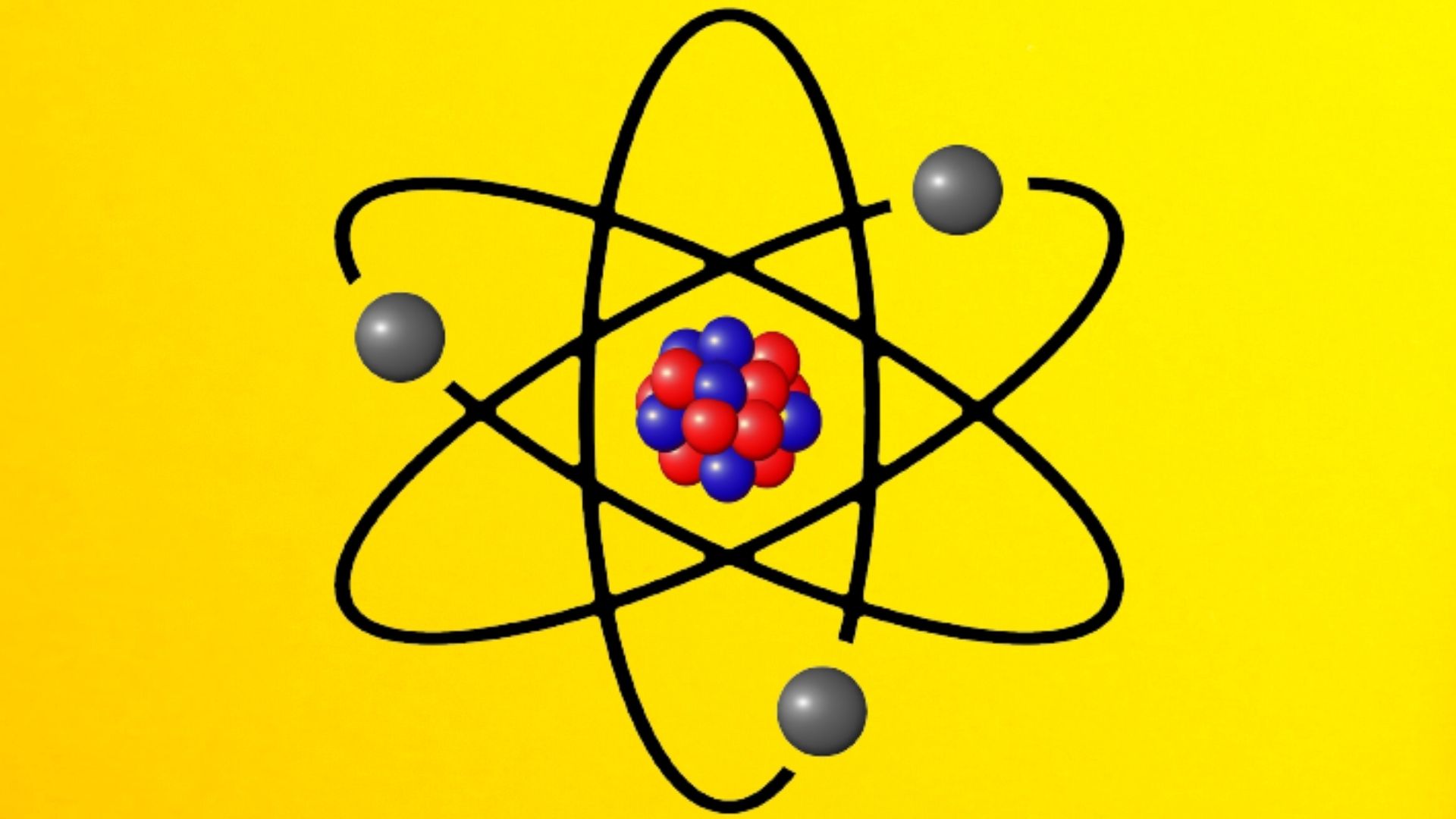10 Facts About Electrons
1. In fact, According to the modern electron theory, matter is composed of the three fundamental particles, which are invisible to bare eyes. These are the neutron, the proton, and the electron. The proton is positively charged and the electron is negatively charged.
2. An electron which is not subjected to the force of attraction of the nucleus is called free electron. This is one of a series of facts about electrons
3. The neutron is uncharged. electrically neutral in nature possessing no charge. The mass of neutron and proton is same while the electron is very light, almost 1/1840 the mass of neutron.
4. electron, lightest stable subatomic particle known. It carries a negative charge of−1.602176634×10−19 coulomb, which is considered the basic unit of electric charge. The rest mass of the electron is 9.107 × 10−31 kg, which is only 1/1,836the mass of a proton. This is one of a series of facts about electrons
5. The electrons cannot exist in the forbidden gap. The energy associated with forbidden band is called energy gap EG and measured in the unit electron- volt (eV). 1eV=1.6 ×10−19 J.
6. In a normal atom the number of protons is equal to the number of electrons. As neutron is electrically neutron, an atom as a whole is electrically neutron. The number of protons in an atom is called as its atomic number.
7. The outermost shell is called the valence shell and the electrons in this shell are called valence electrons.
8. When there are four electrons in the outermost orbit, the semiconductor material is referred to as pure or intrinsic semiconductors. This is one of a series of facts about electrons
9. An electron is negatively charged particle. Thus a hole gets created due to electron drift is said to be positively charged. This is one of a series of facts about electrons
10. Electrons are fermions. So, two electrons with the same quantum state cannot stay together. Electrons have antiparticles named positrons. If an electron and a positron coincide then they will cause annihilation and will be converted into pure energy and then will be radiated in the form of electromagnetic radiation.
What are the Types of Semiconductors?
- P-type Semiconductor
- N-type Semiconductor
What are the types of Impurities?
- Arsenic
- Bismuth
- Phosphorous
List the advantages of half-wave rectifier circuit.
1. High ripple factor
2. Efficiency is low
3. Low transformer utilization factors

